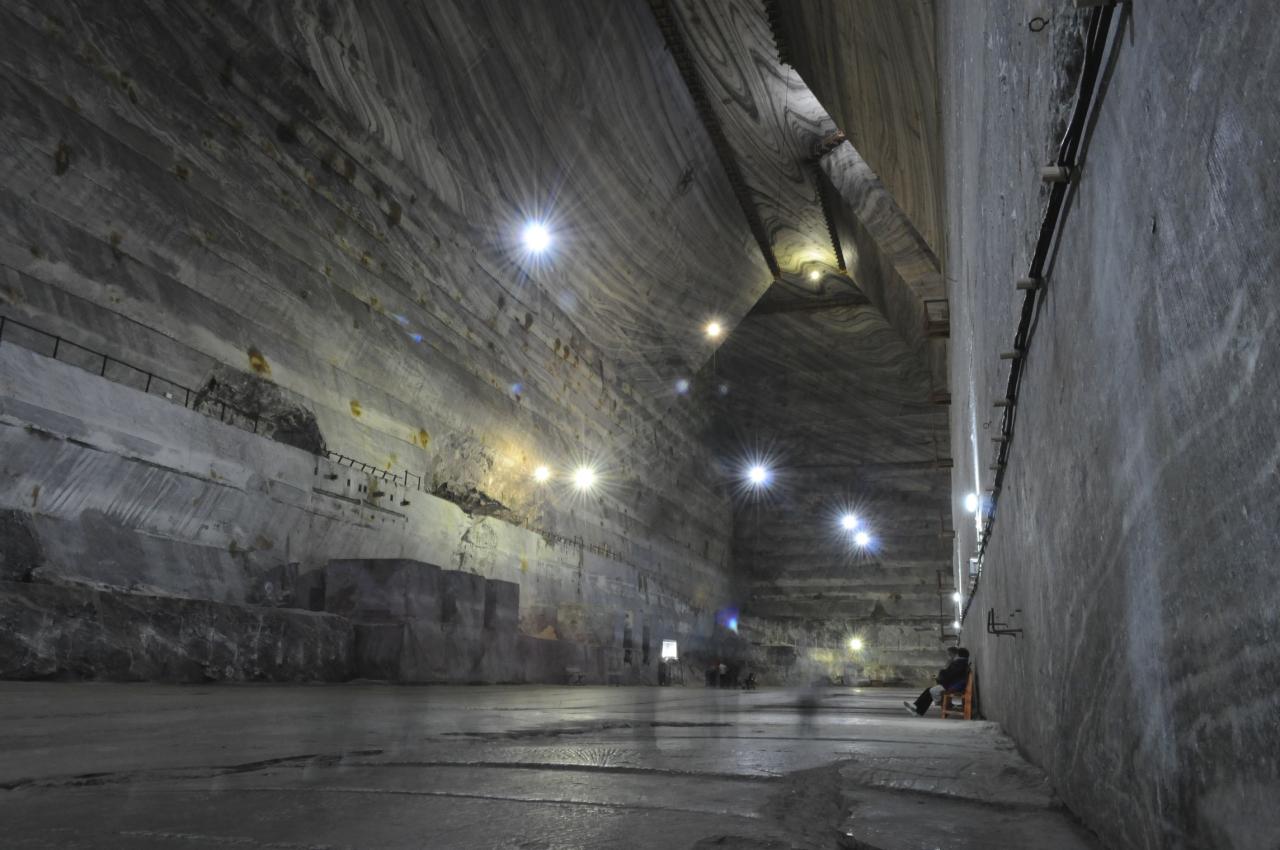Nestled in the heart of Finland, the Pyhäsalmi Mine plunges some 1,444 meters below ground, making it the deepest base-metal mine in Europe The EngineerWikipedia. While mining operations have wound down, innovative projects are breathing new life into its vast shafts, transforming them into large-scale energy storage systems. This article delves into how Pyhäsalmi is being repurposed—via pumped hydro, gravity batteries, and hybrid schemes—to support renewable energy integration, grid stability, and sustainable development.
1. A Storied Past
The Pyhäsalmi Mine first opened in March 1962 under the Outokumpu Corporation, initially as an open-pit operation until 1967, when it transitioned underground to chase richer zinc, copper, and pyrite deposits Wikipedia. Through subsequent depth extensions reaching 730 m in 1985 and ultimately 1,444 m by the late 1990s—the mine flourished for decades. In 2002 it passed to Inmet Mining and later, in 2013, to First Quantum Minerals. Although scheduled to cease operations in 2019, pyrite demand briefly extended mining until spring 2021, with above‐ground refining concluding in 2025 Wikipedia.
2. The Callio Redevelopment Initiative
After mining halted, the town of Pyhäjärvi and the University of Oulu launched the Callio project to repurpose infrastructure for research, cultural events, and commercial use Wikipedia. Callio Lab, one arm of this venture, oversees R&D in physics, microbiology, and underground construction, while the broader Callio Business Park seeks to attract diverse tenants from data centers to insect farms leveraging facilities like workshops, hoisting towers, and even Europe’s deepest sauna at 1,410 m depth.
3. The Case for Underground Energy Storage
With Europe’s push for renewables, energy storage is vital to manage intermittent solar and wind power. Underground facilities offer unique benefits: sheltered from weather, minimal land‑use conflicts, and capable of exploiting existing deep shafts to achieve high hydraulic heads or gravitational potential. Pyhäsalmi’s depth (1,444 m) yields the highest hydraulic head of any underground pumped hydro project globally, enabling efficient energy conversion and storage callio.infoEnergy Storage.
4. Pumped Hydro Storage in Mines
Pumped hydro storage (PHS) uses off‑peak electricity to pump water uphill or into elevated reservoirs, then releases it through turbines during peak demand. In Pyhäsalmi’s case:
A. Underground Pumped Hydro (UPHS)
-
Hydraulic Head: Exploiting a 1,444 m vertical drop provides exceptional energy density per unit of water, minimizing cavern volumes required.
-
Capacity: The planned PHS facility targets around 530 MWh of storage, sufficient to supply hundreds of households for several hours Energy Storagecallio.info.
B. Integration with Above‑Ground Reservoirs
-
Water is cycled between an underground cavern and a surface reservoir within the Callio Business Park area.
-
Modern turbine‑pump units can achieve round‑trip efficiencies exceeding 75%.
5. Gravity Energy Storage: The GraviStore Prototype
An alternative approach, championed by Scotland’s Gravitricity, utilizes massive weights in a deep shaft:
A. Operational Principle
-
During low demand, electric motors hoist 2 × 500 ton weights in a 530 m auxiliary shaft.
-
When demand spikes, weights descend, driving generators to deliver up to 2 MW of power for grid balancing The EngineerThe Register.
B. Advantages
-
Modularity: Scalable by adding more weight modules.
-
Longevity: Mechanical systems endure for decades with routine maintenance.
-
Simplicity: No fluids, minimizing environmental risks.

6. Hybrid Pumped Hydro–Battery Systems
Sustainable Energy Solutions Sweden (SENS) is pioneering a hybrid scheme combining UPHS with battery energy storage systems (BESS):
A. Project Scope
-
UPHS Facility: 75 MW capacity, cycling water between underground and surface reservoirs.
-
BESS Component: Initially 85 MW, recently doubled to 170 MW in March 2025, leveraging advances in lithium‑ion technology Energy StorageFactor This™.
B. Synergies
-
Fast Response: BESS handles sub‑second fluctuations; UPHS covers longer discharge durations.
-
Extended Lifespan: Reduces cycling stress on batteries by offloading bulk energy shifts to hydro.
C. Projected Output
-
Combined, the hybrid plant can deliver over 250 MW output for several hours, smoothing variability from renewables and offering ancillary services like frequency regulation.
7. Environmental and Economic Benefits
Repurposing an existing mine avoids land acquisition and ecosystem disruption typical of new PHS dams. Key benefits include:
A. Lower Carbon Footprint
-
Utilizes sunk infrastructure, reducing construction emissions by up to 60% compared to greenfield PHS projects.
B. Cost Efficiency
-
Estimated capital expenditure of €100–€200 million for the UPHS plus BESS, amortized over decades of operation.
-
Revenue streams from energy arbitrage, grid services, and capacity market participation improve project IRR.
C. Local Development
-
Generates jobs in engineering, maintenance, and operations, revitalizing the Pyhäjärvi economy.
-
Enhances regional energy security by reducing dependence on fossil‑fuel peaking plants.

8. Technical and Regulatory Challenges
Despite promise, underground energy storage faces hurdles:
A. Geotechnical Risks
-
Ensuring rock stability around caverns under cyclical water and pressure loads requires extensive modelling and reinforcement.
B. Regulatory Landscape
-
Licensing for underground reservoirs, water rights, and environmental impact assessments can span years.
-
Grid interconnection agreements and market rules for hybrid systems demand novel contractual frameworks.
C. Capital Financing
-
Large upfront costs necessitate blended finance: public grants (e.g., from EU’s CEF program), green bonds, and private investment.
9. Future Outlook and Replicability
The Pyhäsalmi model serves as a blueprint for repurposing abandoned mines across Europe—notably in Sweden, Germany, and Ireland. Key considerations for replication include:
A. Site Selection Criteria
-
Depth > 500 m for meaningful hydraulic head or gravitational potential.
-
Proximity to grid substations and balanced renewable capacity.
B. Technology Adaptation
-
Modular gravity systems for shallower shafts (< 600 m).
-
Hybrid BESS integration to optimize response profiles.
C. Policy Support
-
Harmonized EU standards for mine‑to‑energy conversions, including safety, mining‑heritage preservation, and energy markets.
Conclusion
As Europe accelerates its renewable transition, innovative storage solutions are paramount. The transformation of Pyhäsalmi Mine from zinc and copper extraction to a multi‑modal energy storage hub exemplifies how legacy industrial sites can underpin future‑proofed power systems. Through pumped hydro, gravity batteries, and hybrid configurations, the deepest mine in Europe is poised to become one of its most strategic energy assets, delivering clean power flexibility, economic revitalization, and a greener footprint for decades to come.







